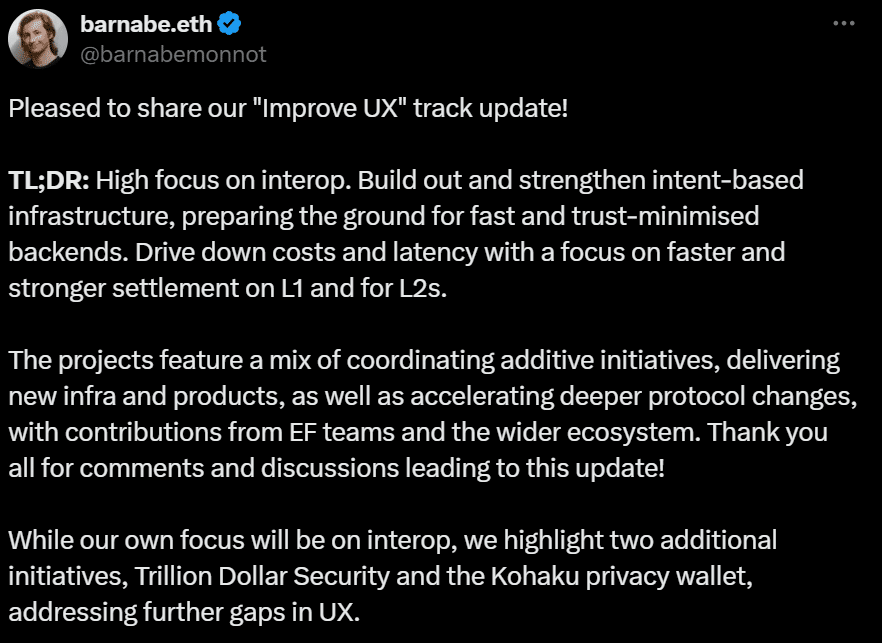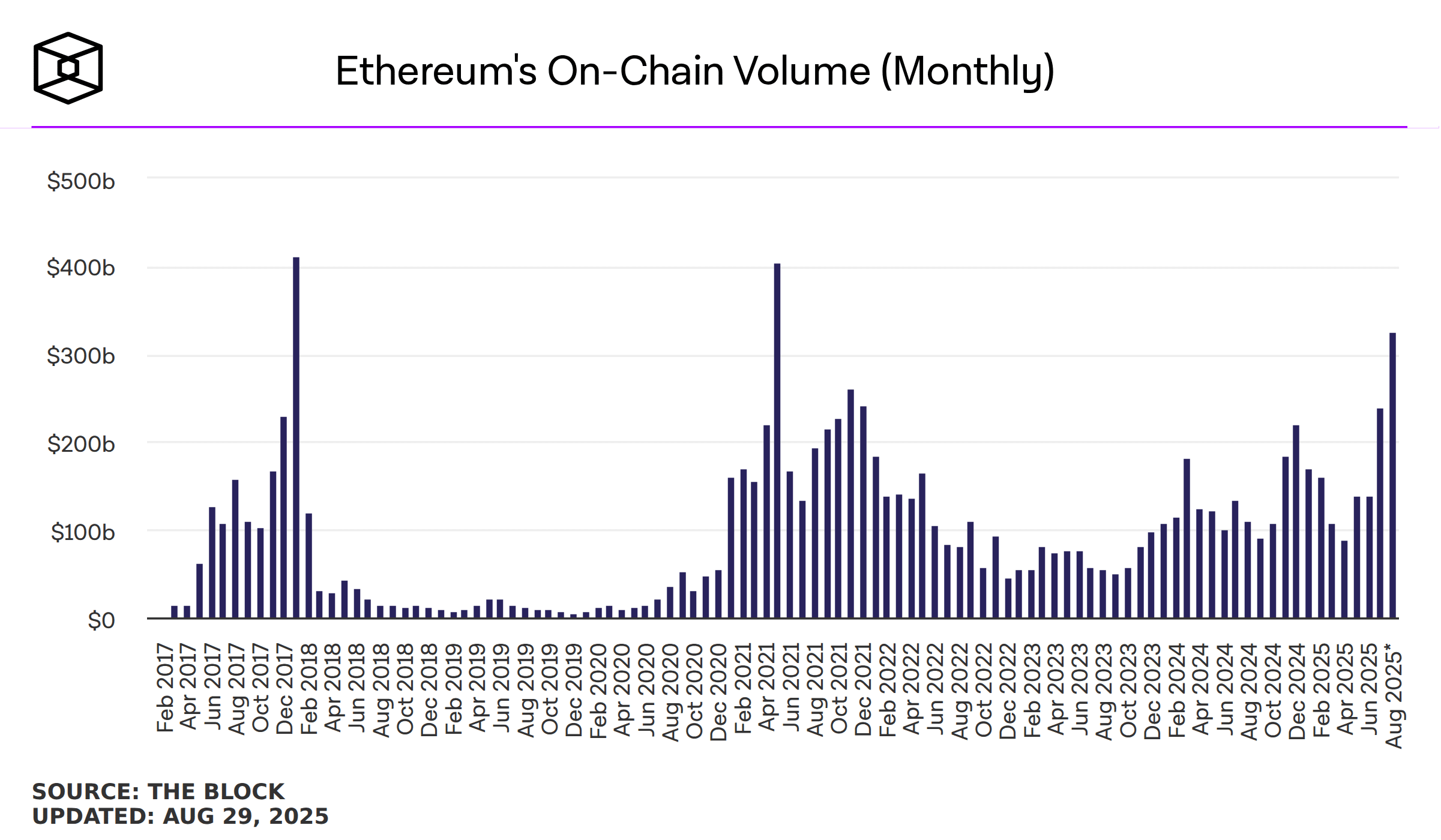Ethereum L2 interoperability is a roadmap by the Ethereum Foundation to make Layer‑2 chains operate like a single network, cutting cross‑chain latency from minutes to seconds and unifying liquidity. The plan uses an Open Intents Framework, an Ethereum Interoperability Layer, and phased finality improvements through 2026.
-
Three‑phase rollout: Initialisation, Acceleration, Finalisation — finishing by 2026.
-
Open Intents Framework lets users declare desired outcomes; the system finds optimal cross‑L2 routes.
-
Target: reduce finality from ~13–19 minutes to ~15–30 seconds and slash L2 settlement times substantially.
Ethereum L2 interoperability roadmap: faster cross‑chain UX, lower finality, and unified liquidity — learn what changes to expect.
What is Ethereum L2 interoperability?
Ethereum L2 interoperability is the Ethereum Foundation’s multi‑phase initiative to make Layer‑2 chains function seamlessly as a single experience. It combines an Open Intents Framework and an Ethereum Interoperability Layer (EIL) to route user intents across chains while preserving censorship resistance, privacy, and security.
How will the Ethereum Interoperability Layer make cross‑chain UX feel unified?
The EIL will abstract differences between L2s so transactions operate as if on one chain. By normalizing messaging, settlement, and wallet interactions, the EIL aims to reduce liquidity fragmentation and let wallets recommend the cheapest, fastest route for a user action.
EF’s plans for interoperability
The Ethereum Foundation (EF) announced a three‑tiered roadmap — Initialisation, Acceleration, and Finalisation — with completion targeted by 2026. The program focuses on developer tooling, protocol research, and UX improvements to streamline cross‑L2 flows.
In the Initialisation phase EF will introduce an Open Intents Framework. This framework lets users state desired outcomes (for example, “move funds to X chain”) and allows the protocol stack to compute optimal routes across L2s, balancing cost, speed, and security.
During Acceleration the EF targets fast block confirmation and finality improvements. The team aims to cut finality times from the current ~13–19 minutes to approximately 15–30 seconds. L2 settlement, which can sometimes take days, is planned to be reduced substantially with deliverables expected as early as Q1 2026.
The Finalisation stream will fund research into cross‑chain settlement and potential changes to core L1 primitives, including explorations of Beacon chain adjustments and alternative consensus approaches to drive finality into the seconds range.
Barnabe Monnot, Co‑lead of Protocol at the Ethereum Foundation, said they will also investigate new wallet designs and privacy options such as Kohaku to strengthen UX while maintaining core values.


Source: X
Why does interoperability matter for Ethereum users and developers?
Interoperability reduces liquidity fragmentation across prominent L2s such as Arbitrum, Base, and Polygon. A unified experience lowers friction for users, improves composability for developers, and helps DeFi capital flow more efficiently across the ecosystem.
Ethereum’s on‑chain activity supports this push: adjusted on‑chain volume reached a yearly high of $324 billion in August, marking a third consecutive month of growth. This rising activity strengthens the case for investments in cross‑chain UX and settlement efficiency.


Source: The Block
Frequently Asked Questions
How soon will users see faster cross‑chain finality?
EF targets measurable finality improvements during the Acceleration phase, with goals of 15–30 second confirmations and significant L2 settlement reductions. Some milestones are expected by Q1 2026, subject to research outcomes and ecosystem adoption.
Will the interoperability changes affect wallet design?
Yes. EF plans to explore new wallet UX patterns, including privacy‑focused designs like Kohaku, to enable seamless cross‑L2 flows while preserving security and user privacy.
Key Takeaways
- Roadmap timeline: EF aims to complete L2 interoperability by 2026 using a three‑phase approach.
- Performance targets: Reduce finality from ~13–19 minutes to ~15–30 seconds and shorten L2 settlement times.
- User impact: Unified routing, reduced friction, and better liquidity flow across major L2s will improve UX and DeFi composability.
Conclusion
The Ethereum Foundation’s interoperability roadmap targets faster cross‑chain UX, unified liquidity, and major reductions in finality and settlement times. With a phased plan, protocol research, and wallet UX work, the initiative aims to make Layer‑2 interactions feel native — advancing Ethereum’s scalability and user experience through 2026 and beyond.




